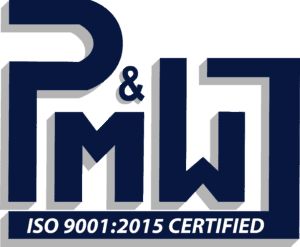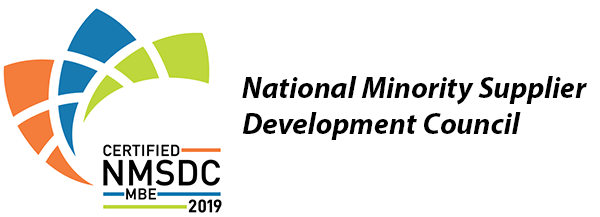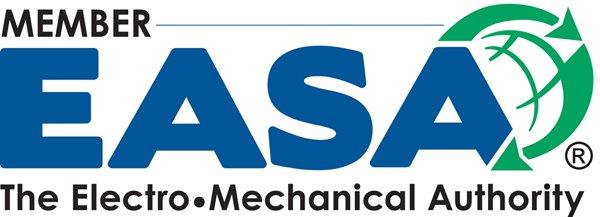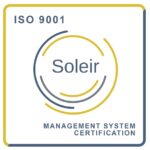Ensuring that motors meet the highest quality standards is paramount in the manufacturing industry. One of the most recognized quality management systems is ISO 9001, which sets the criteria for a quality management system that can be applied to various organizations. Certifying a motor to ISO 9001 standards involves a thorough process that guarantees the product’s quality, reliability, and consistency. In this blog post, we will delve into the essential steps involved in certifying a motor to ISO 9001 quality standards.
The Importance of ISO 9001 Certification
ISO 9001 certification signifies that a motor manufacturer has implemented a robust quality management system that meets international standards. It demonstrates the company’s commitment to delivering high-quality products consistently and continuously improving their processes. Customers often prioritize suppliers with ISO 9001 certification as it provides assurance of product quality and reliability.
The Certification Process
The process of certifying a motor to ISO 9001 standards involves several key steps:
- Gap Analysis: The first step is to conduct a thorough review of the existing quality management system against the requirements of ISO 9001. This identifies any gaps that need to be addressed to meet the standard.
- Documentation: Developing the necessary documentation, including quality manuals, procedures, work instructions, and records, to demonstrate compliance with ISO 9001 requirements.
- Implementation: Implementing the quality management system across all departments and functions within the organization. Training employees on the new processes and procedures is essential for successful implementation.
- Internal Audit: Conducting internal audits to assess the effectiveness of the quality management system and identify areas for improvement. Internal audits help ensure that the organization is ready for the certification audit.
- Certification Audit: Engaging a third-party certification body to conduct a thorough audit of the organization’s quality management system. The audit evaluates the organization’s compliance with ISO 9001 requirements and identifies any non-conformities that need to be addressed.
- Corrective Actions: Addressing any non-conformities identified during the certification audit and implementing corrective actions to ensure compliance with ISO 9001 standards.
- Certification: Upon successful completion of the certification audit and resolution of any non-conformities, the organization is awarded ISO 9001 certification. This certification is subject to regular surveillance audits to maintain compliance.
Conclusion
Certifying a motor to ISO 9001 quality standards is a rigorous process that demonstrates a manufacturer’s commitment to quality and continuous improvement. ISO 9001 certification not only enhances the organization’s reputation but also instills confidence in customers regarding the quality and reliability of the products. If you are looking for ISO 9001 certified motors, contact The Pump & Motor Works, Inc. to learn more about our high-quality products.
Contact The Pump & Motor Works, Inc. here to explore our range of ISO 9001 certified motors.



